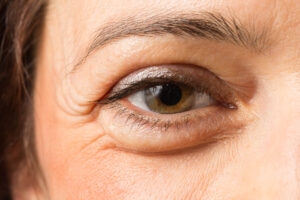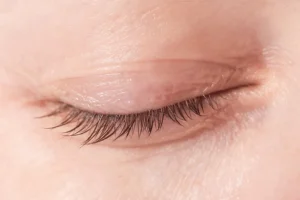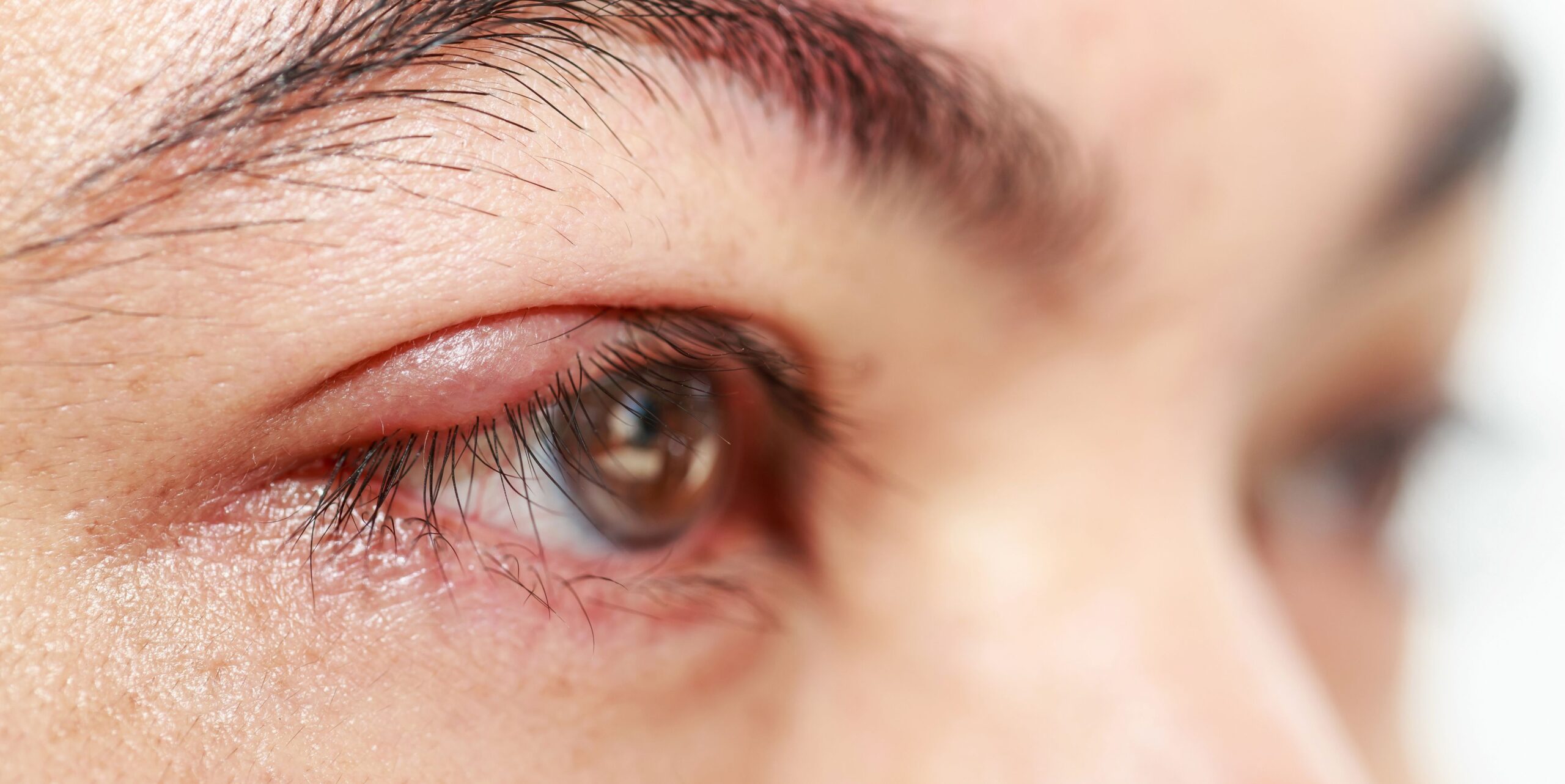The type of anesthesia used is very important for upper eyelid surgery because it keeps the patient safe and comfortable during the process. When someone is having surgery on their upper eyelid, this chapter talks about the different types of drugs that are available and how to choose the best one.
Importance of Consultation
One of the most important things to consider when choosing anesthesia is how big and complicated the surgery is. Local anesthesia, with or without sedation, may be enough for small eyelid surgeries like ptosis repair or simple blepharoplasty. With local anesthesia, a numbing agent, like lidocaine, is injected into the eyelid area. This blocks the feeling of pain and lets the patient stay awake and aware during the process. People can be sedated orally or intravenously to help them relax and feel less anxious, which makes them more comfortable without the need for general surgery.
Navigating Complexities
General anesthesia may be better for surgeries that are bigger or more invasive, like revision blepharoplasty or reconstructive treatments. Because general anesthesia makes the patient asleep, they won’t be able to move or know what’s going on during the surgery. This method is especially helpful for surgeries that take a long time or involve moving a lot of tissue around. It keeps the patient comfortable and ensures the best conditions for surgery.
Customized Approaches Based on Patient Health
When choosing anesthesia, the patient’s medical history and general health are also very important. People who already have heart disease, lung problems, or other health problems may need special anesthesia methods or close monitoring to lower their risk of complications. When deciding if a patient is a good candidate for anesthesia, the patient’s age, weight, and medications must also be considered.


Precision Pain Management
In the past few years, improvements in anesthesia methods have led to the creation of regional anesthesia choices, such as nerve blocks and injections around the eyes. These methods target specific parts of the face to relieve pain while minimizing the systemic side effects of general anesthesia. Regional anesthesia can be used by itself or with sedation to make sure that the patient is as comfortable and pain-free as possible during upper eyelid surgery.
Patient Decision-Making
Ultimately, the patient, the surgeon, and the person giving the anesthesia all work together to choose the best anesthesia for upper eyelid surgery in Philadelphia PA. The best way for doctors to ensure each patient has a safe, comfortable, and successful surgery is to consider their wants and preferences carefully.
Surgical Techniques for Upper Eyelid Surgery
- Traditional Blepharoplasty Incision: This cut is made along the natural curve of the upper eyelid. This lets fat, muscle, and extra skin be removed or moved. The natural fold does a great job of hiding the scar, so it’s almost impossible to see when the eye is open.
- Trans conjunctival Incision: This cut is made on the inside of the upper eyelid and is mostly used to get rid of extra fat without removing the skin. Because it is less invasive and doesn’t leave a scar, this method is best for people whose skin is elastic and doesn’t have much extra skin.
- Laser-Assisted Incisions: If you use a laser to cut, you might have less bleeding and swelling during and after the process. The laser’s accuracy lets the surgeon carefully control the wound, but they need special tools and knowledge.

Surgical Techniques
As soon as the cut is made, the surgeon makes the exact changes needed for that patient. To make you look younger and more refreshed could mean getting rid of or shifting fat deposits, tightening muscles, and cutting off extra skin.
- Fat Removal or Repositioning: The amount and area of fat that needs to be removed or moved are carefully thought out. The goal is to eliminate dark circles and bags under the eyes without making the eyes look too hollow.
- Muscle Tightening: If a person has loose muscles or ptosis (drooping of the eyelid), the levator muscle or its aponeurosis can be tightened or reattached to bring the eyelid back into a more normal position.
- Skin Excision: Excess skin that causes lines and sagging is carefully cut away, being careful not to overcorrect and make it impossible to close the eyes all the way.
Suturing Techniques
To ensure the wound heals properly and leaves a few scars, closing the cut is a very important step that needs careful attention to detail. Different types of suturing are used by surgeons depending on the operation and the patient’s skin type.
- Fine Sutures: Very fine sutures are typically used to close the delicate skin of the eyelid, minimizing scar visibility. These sutures may be absorbable or may require removal a few days post-surgery.
- Running Sutures: A continuous suture line may be used for longer incisions, providing uniform tension across the incision to promote smooth healing.
- Steri-Strips or Skin Glue: In some cases, especially with laser-assisted incisions, steri-strips or skin glue may be used in addition to or instead of sutures to close the incision, further reducing scar visibility.
Conclusion
The artistry and skill of the surgeon play a crucial role in the success of upper eyelid surgery. The techniques chosen for each step of the procedure—from the initial incision to the final sutures—are tailored to the individual’s anatomy and aesthetic goals, ensuring beautiful and natural results. Postoperative care and patient adherence to recovery guidelines significantly impact the healing process and outcome.
Read more: Simple Steps to Stay Strong and Independent

